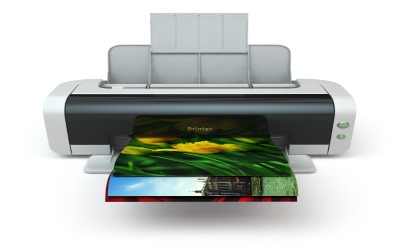Choose Between AMD or Intel laptops

With so much advancement taking place at such a rapid pace, how do customers know whether to go for AMD or Intel? The big news for 2010 is the introduction of Intel’s new Arrandale chip, the mobile version of the dual-core 32nm Westmere line. This chip has the usual dual core processing facilities, but with the added advantage that it supports hyperthreading and that it will have both the 32nm processor die and a 45nm graphics die on the same chip. By integrating more features onto a single chip, Intel is going head to head with AMD’s existing integrated chips, and the ones who will really benefit from this battle of the processors is the consumer as laptops become better able to support multiple functionality and integrated graphics processing.
With AMD, the big change will be the introduction of quad-core mobile processors and a new integrated graphics chip. This shows the trend for both manufacturers, who are both gearing up for 2011 which is when the current processor technology takes a big jump forward. They are both preparing the marketplace for the introduction of combined processor and graphics cores to form a single die from each company. The real winners here will be gamers and those who use their laptops for graphics packages such as CAD, with accelerated processing speeds, higher resolution and faster graphics download times.
But all of that is in the future, so what about now? Intel has always had a much higher public profile (almost anyone into technology knows the Intel theme tune, thanks to an aggressive marketing campaign), whereas AMD has always been more of a backroom boy. Although the two processors are comparable, it is Intel that gets all the press coverage and its Centrino range of processors are standard in almost any laptop of note. But AMD are fighting back, and trying to raise their profile with a public that thinks processors begins and ends with Intel. Where Intel has the edge is in Wi-Fi technology. Their most recent chips feature the latest version of Wi-Fi, known as 802.11n, and the even more up to date WiMax gives laptops a Wi-Fi signal of over several miles.
AMD has concentrated on graphics capability. Laptops have traditionally used low-end graphics chips that piggyback off other components. But now more than a quarter have stand-alone graphics chips, and it is here that AMD is making inroads. AMD has become better known amongst the gaming community, with its graphics chips delivering super-fast processing and exceptional quality and resolution, making AMD-installed laptops ideal for gaming or other graphics based applications.
Each has its own strengths, but to date, Intel has the lion’s share of the laptop market. Which one to go for entirely depends upon the type of application you want to use your laptop for. What will be interesting to see is, with the advent of combined processor/graphics chips on the horizon, whether AMD will be able to take back some of a market that to date has been dominated by Intel.







